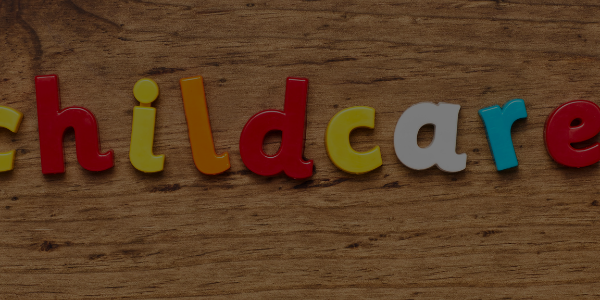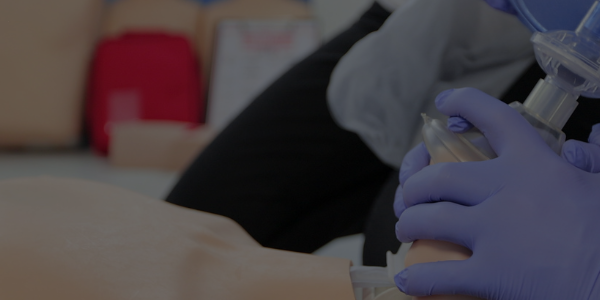Safety should be a top priority in our everyday lives, and understanding the five steps of safety can help us create a safer environment for ourselves and those around us. By implementing these steps and knowing what to do in case of an emergency, we can be better prepared for any situation that may arise. This blog post will discuss each of the five steps and how they can be applied in our daily lives, while also emphasizing the importance of first aid training, like the courses offered by AB First Aid Training1.
Identify hazards
The first step is to identify potential hazards in your surroundings. This can include anything from uneven surfaces and sharp objects to electrical cords and chemicals. Being aware of these hazards will help you take necessary precautions and prevent accidents from occurring.
Assess the risks
Once you’ve identified potential hazards, assess the risks associated with them. Determine the likelihood and severity of injuries that may result from these hazards. This will help you prioritize your safety efforts and allocate resources effectively.
Implement control measures
Next, implement control measures to eliminate or reduce the risks associated with identified hazards. This can involve creating safety procedures, providing proper training, or implementing engineering controls like barriers or guards
Monitor and review
Regularly monitor and review the effectiveness of your control measures. Ensure that they are working as intended and adjust them as necessary to maintain a safe environment
Respond to emergencies
Despite our best efforts, accidents can still happen. Knowing how to respond to emergencies is crucial. This is where first aid training comes into play. With proper first aid training, like the courses offered by AB First Aid Training1, you can be better equipped to handle emergencies and potentially save lives.
By following these five steps of safety, we can create a safer environment for ourselves and those around us. First aid training is a key component in responding to emergencies, and booking a course with AB First Aid Training can help you become better prepared. Visit www.abfirstaid.com.au or call 03 8364 8984 to book your first aid course today.
Have you identified potential hazards in your home or workplace? How prepared are you to respond to emergencies? Share your thoughts in the comments below.
Please note that regular First Aid and CPR Training is the best way to make sure that you’re prepare in the case of an emergency. Book a course with us
FOOTNOTES:
- AB First Aid Training. (n.d.). AB First Aid Training Courses. Retrieved from https://www.abfirstaid.com.au ↩ ↩2 ↩3
- Safe Work Australia. (n.d.). Hazard Identification. Retrieved from https://www.safeworkaustralia.gov.au/hazard-identification ↩
- Safe Work Australia. (n.d.). Risk Assessment. Retrieved from https://www.safeworkaustralia.gov.au/risk-assessment ↩
- Safe Work Australia. (n.d.). Implementing Controls. Retrieved from https://www.safeworkaustralia.gov.au/implementing-controls ↩
- Safe Work Australia. (n.d.). Reviewing Controls. Retrieved from https://www.safeworkaustralia.gov.au/reviewing-controls ↩





